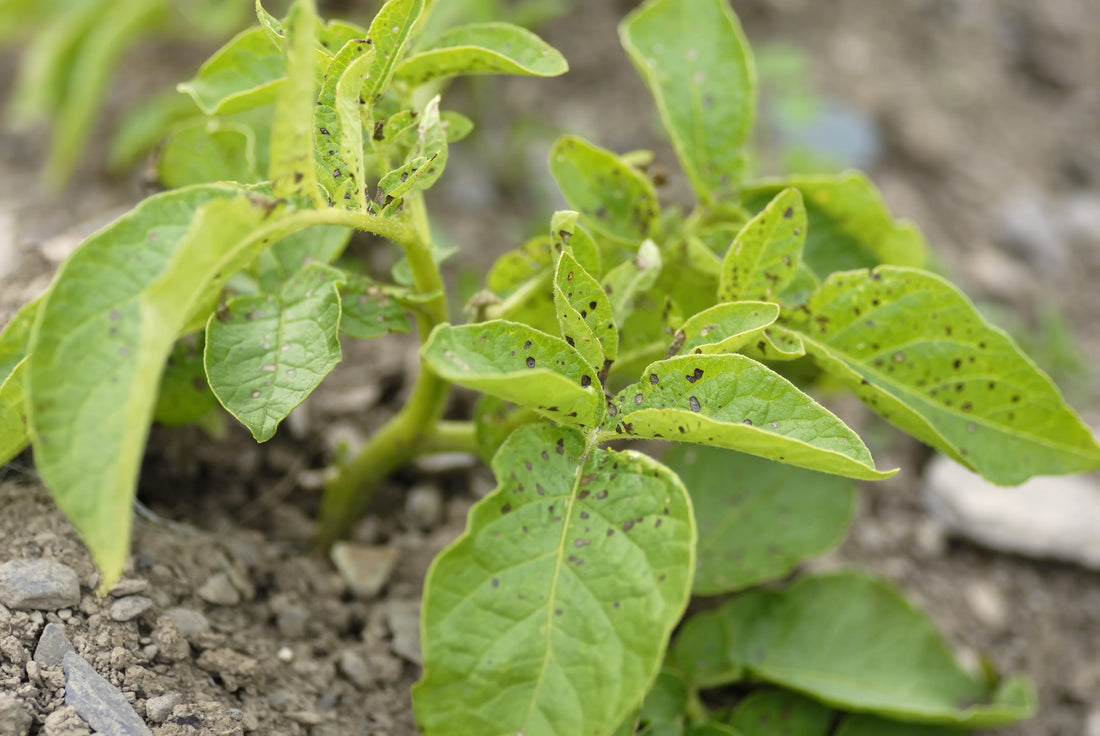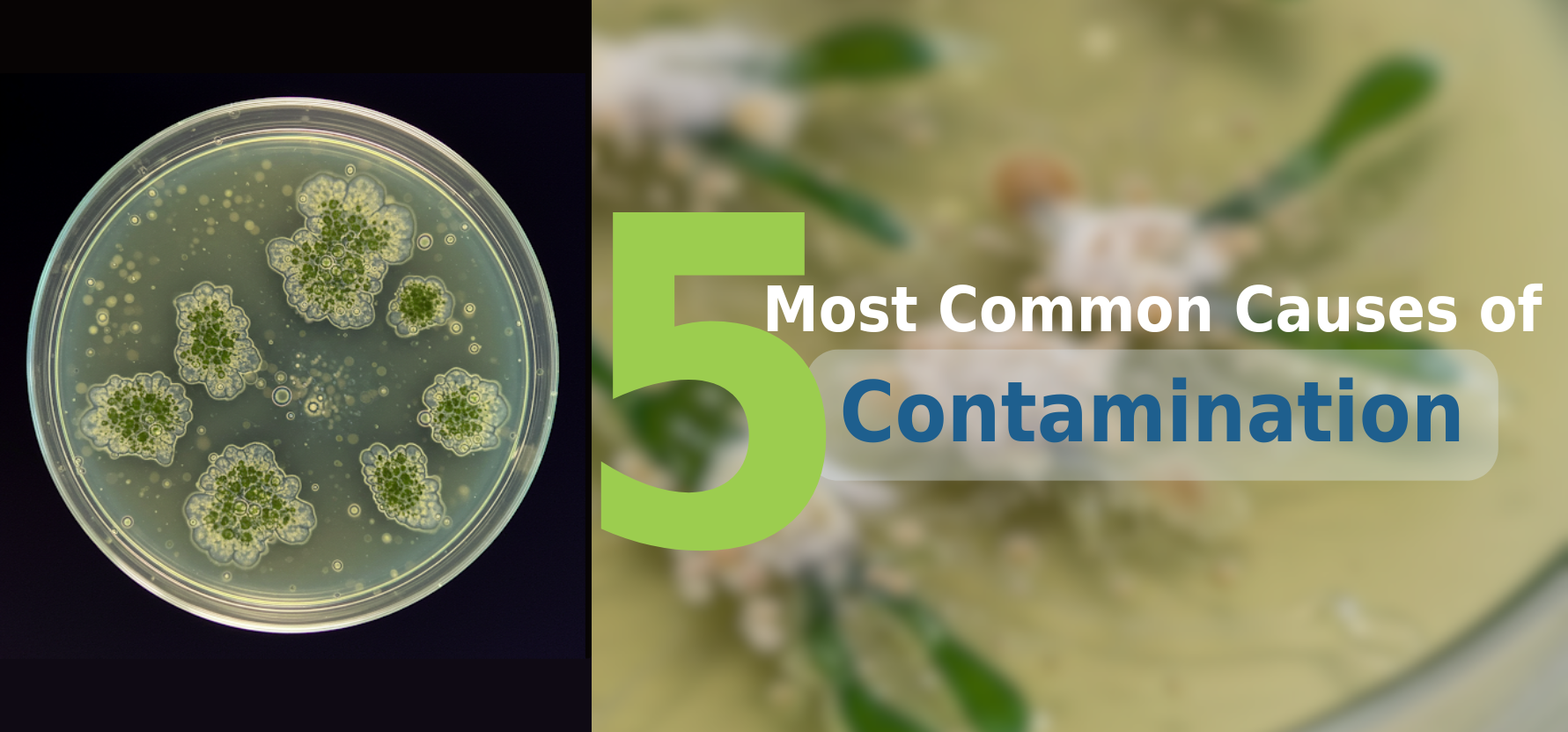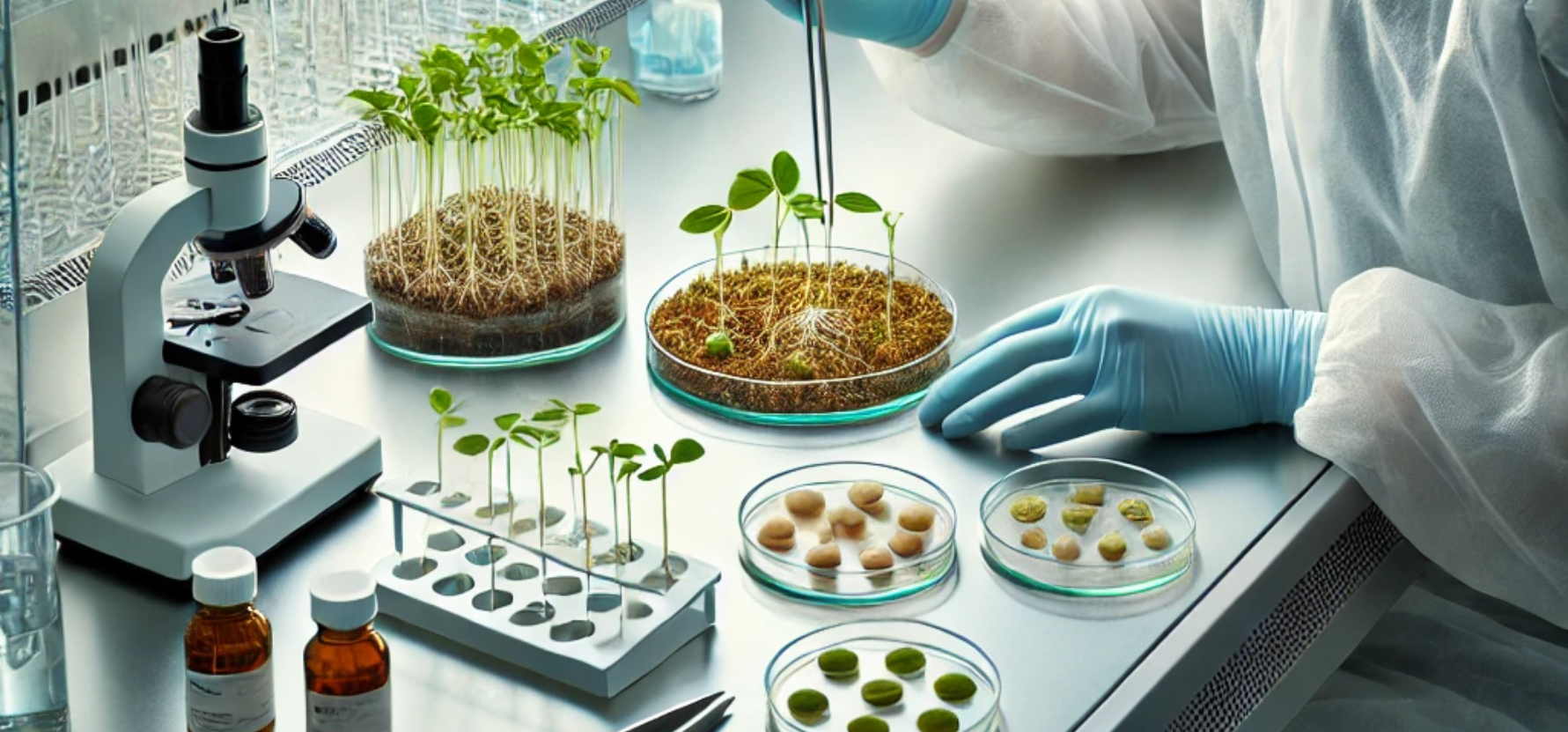
The Five Ideal Explant Sterilizing Methods in Tissue Culture
As a content and community manager, I leverage my expertise in plant biotechnology, passion for tissue culture, and writing skills to create compelling articles, simplifying intricate scientific concepts, and address your inquiries. As a dedicated science communicator, I strive to spark curiosity and foster a love for science in my audience.


Basics of Contamination
Contamination in cultures is a common problem in tissue culture that affects the yield and productivity of cultured plants. The definition of contamination is the accidental introduction of contaminants like bacteria, fungi, algae, or other sources of pathogens into the culture medium. Many techniques are available to avoid contamination from your cultures. But, the first question asked by the newbie tissue culture enthusiast is, “what things should be sterilized before performing the tissue culture processes? Is it everything we use?”
The answer to the question is: YES! You need to sterilize everything you use to culture plants in an artificial lab setup. The tissue culture process requires a complete aseptic condition. So, you have to be extra careful about the cleanliness and maintenance of an aseptic environment in your culturing area.
This article travels you through the different techniques of sterilization and later zooms into all the techniques you can use to sterilize your explants, an essential step in tissue culture.
Different sterilization techniques used in tissue culture
Different apparatus and essentials of tissue culture require different procedures for their sterilization. A list of sterilization techniques and their uses is explained below.
- Sterilization by heat: dry heat and moist heat are used to sterilize the equipment. Autoclave works on the principle of moist heat and they can sterilize glass apparatus, solid or liquid media, distilled water, normal saline, discarded cultures, and contaminated media. Whereas, hot air ovens work on the principle of dry heat. They can sterilize glassware (like Petri dishes, flasks, pipettes, and test tubes), Powder (like starch, zinc oxide, and sulfadiazine), Materials that contain oils, Metal equipment (like scalpels, scissors, and blades)
- Sterilization by filtration: A liquid solution is forced through a membrane to sterilize it for microorganisms. The size of the pore in the filter decides what size of microorganisms will be filtered out. It is used to sterilize growth substances that are thermolabile such as Zeatine, Gibberellic acid (GA3), Abscisic acid (ABA), urea, and certain vitamins.
- Air sterilization: Laminar flow hood is the best example. It is equipped with HEPA filters and a blower that blows the air through the filters to prevent all sorts of microorganisms larger than 0.3 micrometers with 99% efficiency from the air.
- Tyndallization: It is used to kill heat-resistant endospore. In this technique, the medium is heated in a water bath for 1 hour for 3 consecutive days and then kept at room temperature after two incidents of successive boiling.
- Surface sterilization: This technique is used to sterilize the surface of the explant, you use in your tissue culture processes. The next section is all about this technique. So, let’s have a look!
Surface sterilization of explants
Surface sterilization is an essential step in tissue culture. The explants that you obtain from the source plant should be completely free from any type of microorganisms before culturing it on the media. Some endophytes are also present in plants, microbes that live inside the explant. For endophyte prevention, you can examine the source plants and explant before using them for the culturing process.
Read more: Explants
If you don't have any equipment available to perform the process, you can use the Plant Preservative Mixture (PPM) in your culture media. PPM is an effective chemical that is used in tissue culture to avoid all kinds of contaminants from cultures. The best part of PPM is that you can autoclave it with media and require only 1-2 ml per liter of the culture media. Isn’t it awesome!!
Purchase PPM: PPM
Five Common Explant Sterilization Agents
- Mercuric chloride: It is rarely used in labs because of its high toxicity to plants as well as humans. So, if you are using it, follow extensive care. After exposing the explants to mercuric chloride, rinse them many times using sterile water to remove all traces of mineral from the explants.
- Sodium hypochlorite: It is commonly known as bleach. It’s the most frequent choice for surface sterilization of explants. Commercial laundry bleach is 5.25% sodium hypochlorite. When used in tissue culture, bleach is diluted to 10-20% that results in 0.5-1.0% of bleach in the final concentration. The duration of time required to sterilize the explant varies for each type of explant. But, usually 10-20 minutes are enough to serve the purpose of sterilization.
- Calcium hypochlorite: It is commercially available in the form of powder and before using it for sterilization, it must be dissolved in water. After dissolving it in the water, filter the solution. The final concentration of the solution used in labs is around 3.25%.
- Hydrogen Peroxide: It’s a rarely used chemical for surface sterilization. The favorable concentration of using hydrogen peroxide is 30%. Take all precautions if you are using the chemical for the surface sterilization of your explants.
- Ethanol: It’s also called ethyl alcohol. The 70% ethanol is extensively used as a sterilizing agent in tissue culture labs, but it’s also extremely phytotoxic. That's why explants are only kept for a few seconds in the chemical. The longer exposure to ethanol damages the tender explants.
Potential Exceptions
In some cases, bromine, silver nitrate, and a mix of antibiotics are also used for surface sterilization of plant materials. Moreover for effective results, add Tween 20 or any other surfactant in the solution of sodium hypochlorite. Also, keep steering or shaken the mixture while surface sterilizing your explants.
You have learned the five most commonly used sterilization techniques and surface sterilizing agents for your explants. These are effective techniques that will help you to maintain the aseptic condition in your lab for the healthy growth of your cultures. Let us know, what plants are you growing in your lab. We will be excited to hear your story! Subscribe to the plant cell technology email and Youtube channel to get all the latest updates.
Happy Culturing!

Reference
- Bhatia, S., & Sharma, K. (2015). Technical Glitches in Micropropagation. Modern Applications of Plant Biotechnology in Pharmaceutical Sciences, 393–404. doi:10.1016/b978-0-12-802221-4.00013-3
- http://priede.bf.lu.lv/grozs/AuguFiziologijas/Augu_audu_kulturas_MAG/literatura/Surface-sterilizing%20plant%20material_MichiganStateUni.pdf
- Stanisavljević, Aleksandar & Bošnjak, Dejan & Ivna, Štolfa & Vukovic, Rosemary & Kujundžić, Toni & Drenjančević, Mato. (2017). Sterilization of different explant types in micropropagation of CAB-6p and Gisela 6 cherry rootstock. Poljoprivreda. 23. 31-37. 10.18047/poljo.23.2.5.
- https://www.sigmaaldrich.com/technical-documents/protocols/biology/explant-sterilization.html#
Blog Categories
View by Level
Popular Blogs

The 5 Most Common Causes of Contamination in Tissue Culture Labs
Introduction Scaling up your tissue culture production is impossible if you’re constantly battling contamination. Contamination is one of the biggest...
Read More
What No One Tells You About Subculturing (Until It’s Too Late)
Introduction Subculturing is a crucial process in tissue culture. Why? Because it's responsible for multiplying a single small piece of...
Read MoreSubscribe to Our Newsletter








Join the conversation
Your email address will not be published. Required fields are marked